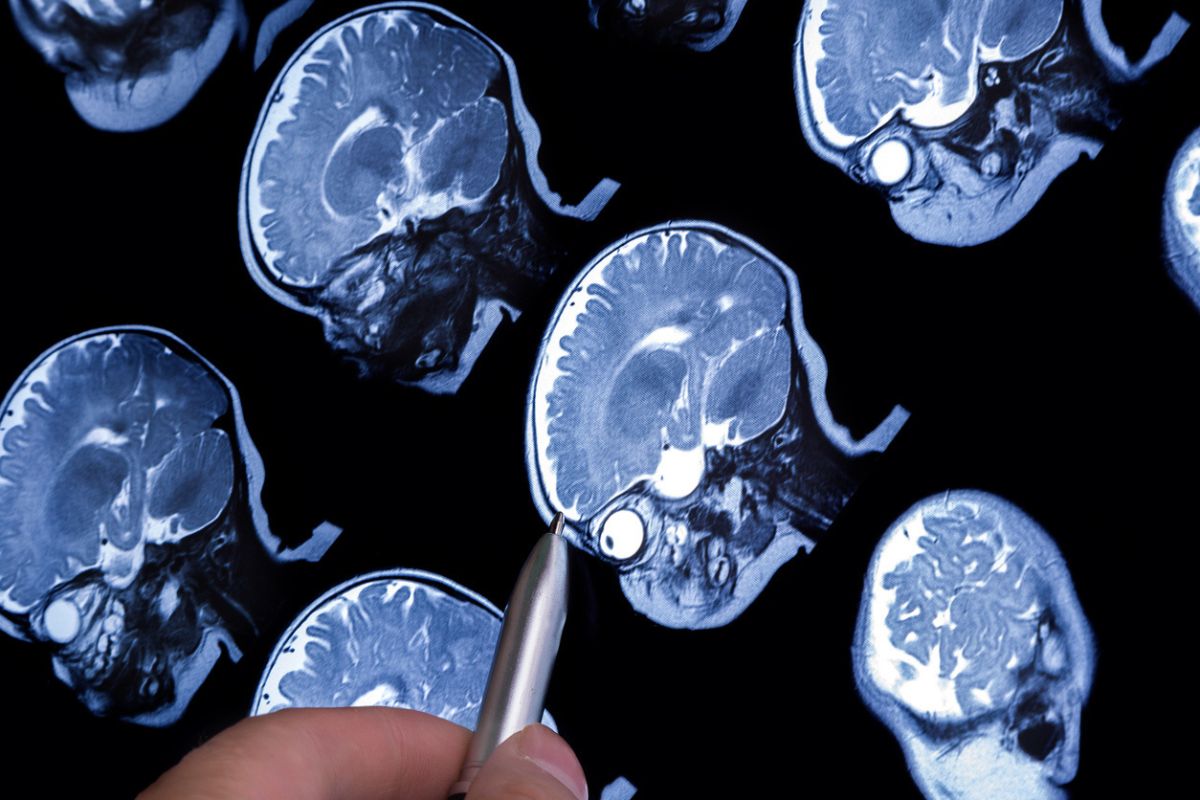The top ten articles of 2023 published in The Primary Care Companion for CNS Disorders (PCC) reflect a diverse range of critical issues in mental health. They represent the evolving landscape of psychiatric care and the nuanced challenges faced by both patients and healthcare providers.
From innovative diagnostic tools in bipolar disorder screening to the complexities of treating comorbid conditions like POTS and mental health disorders, these articles show a growing emphasis on personalized and comprehensive care strategies. Notably, the articles illuminate a keen interest in the practical aspects of mental health management, such as the potential of adjunctive therapies in treatment-resistant cases, and the importance of considering a patient’s overall quality of life in care plans.
This year’s selection also brings to light emerging concerns and underexplored areas in psychiatric care. The attention to vaccine-induced psychosis, bupropion abuse, and the economic and health burdens of ADHD indicates a responsiveness by providers to current health trends and societal issues. Additionally, the focus on specific patient experiences adds a human element to the clinical discussions. Taken together, this content collectively paints a picture of a dynamic field where new challenges and innovative solutions coexist. It points towards a future in psychiatry that is more adaptive, patient-centered, and holistic in its approach.
Here are the top ten most read PCC articles of 2023. Click on the title links to read the full papers.
This study covered a nationwide survey evaluating the Rapid Mood Screener (RMS), a new tool for bipolar I disorder screening. While 82 percent of the respondents used tools to screen for major depressive disorder (MDD), only 32 percent used one for bipolar disorder (BD), revealing a gap in effective bipolar screening practices. Clinicians praised the RMS for its superior attributes like sensitivity, brevity, and practicality, with 81 percent of healthcare providers favoring it over the traditional Mood Disorder Questionnaire (MDQ). This shift towards RMS indicates potential progress in how to assess and diagnose BD. Improved patient outcomes can’t be too far behind.
Recent studies and trials on l-methylfolate (LMF) indicate that the drug shows promise as an adjunctive therapy for MDD. At a dose of 15 mg/day, LMF improves responses in patients with higher body mass index and inflammation, helping them to avoid typical side effects of other treatments. The authors of this research concluded that LMF fills treatment gaps in MDD.
In this fascinating case study, a 36-year-old man with a long history of opioid use and tobacco dependence presented for treatment due to his escalated use of Spasmo-Proxyvon and subsequent benzodiazepine addiction. Initially stabilized on buprenorphine, he experienced multiple relapses and reliance on alprazolam, necessitating inpatient detoxification. Successful treatment involved a rapid tapering strategy using diazepam and carbamazepine. The authors noted the successful outcome but lamented the lack of standard guidelines for benzodiazepine tapering.
Vaccine side effects are exceedingly rare, but, as this vignette demonstrated, they do happen. A 45-year-old Asian American woman with no prior psychiatric issues developed acute paranoia and auditory hallucinations one month after her second Moderna COVID-19 vaccine dose. As symptoms escalated, her condition did not spontaneously improve, and antipsychotic therapy was only partially helpful. This perplexing case – only the second reported instance of new-onset psychosis following the Moderna vaccine – raises questions about potential links between certain mRNA vaccines and psychiatric side effects. However, the correlation was not conclusive in this case.
Another top case study covered the use of the drug bupropion, sometimes referred to as “the poor man’s cocaine”. The situation involved a 30-year-old man with schizoaffective disorder, stimulant use disorder, and ADHD. He presented with mania following an overdose and chronic misuse of bupropion. He told his care team that homelessness and unemployment led him to snort bupropion as the only available way to get relief for his ADHD symptoms. His experience challenges the perception that bupropion’s potential misuse is minimal. The authors hope that their retelling of this patient’s experience will lead to other psychiatrists reevaluating how they prescribe and monitor the drug.
This research assessed the impact of different stimulant treatments on adults with ADHD. Results showed that patients treated with extended-release (ER) stimulants, either alone or in combination with immediate-release (IR), fared better both health-wise and economically than those on IR alone or who remained unmedicated. By analyzing health-related quality of life, work productivity, and healthcare utilization, the study was able to show that patients on ER formulations or a combination of ER and IR experienced lower physical health burdens and incurred fewer healthcare costs. In contrast, the unmedicated group faced far higher healthcare usage and costs. Additionally, the presence of mental health comorbidities in patients with ADHD significantly worsened their symptoms and outcomes.
The suicide risk in patients with MDD and BD is shockingly high – over 30 times greater than the general population. The authors of this study conducted a comprehensive analysis of U.S. inpatient data on various suicide methods to determine patterns and predictive factors in these patients. Here’s what they found: men are more likely to complete suicide, often choosing violent means. On the other hand, women attempt suicide more frequently. Crucially, the likelihood of a successful future attempt increases significantly after a severe or violent attempt has failed.
This combined literature review and case study covers comorbidities that commonly occur in patients with postural orthostatic tachycardia syndrome (POTS). Starting with a review of current literature, the authors detailed research showing a higher prevalence of depression and sleep disturbances in patients with POTS, necessitating the need to focus on minimizing side effects that could exacerbate these symptoms. The paper concluded with the description of a 24-year-old woman with schizophrenia and a history of tachycardia and anxiety symptoms that led to a diagnosis of POTS. A coordinated treatment plan that addressed her mental health, cardiology, and primary care needs resulted in significant improvement.
Here, a comprehensive case vignette served up some valuable lessons on how to approach acute psychosis. Psychotic disorders fall into two broad categories: primary psychiatric conditions and psychoses secondary to medical, neurological, or substance-related causes, yet their root cause often remains elusive. When diagnosing, clinicians should consider the timeline of symptoms, patient age, medical and psychiatric history, concurrent symptoms, and family history. Comprehensive physical and neurological exams, alongside a range of lab tests including blood counts, thyroid functions, and brain imaging, are vital for those presenting with acute psychotic symptoms. Following symptom stabilization, typically achieved with antipsychotics, it’s essential to continue ongoing assessment of a patient’s cognitive functions and overall quality of life for better outcomes.
And finally, from the Insomnia Working Group, comes this reevaluation of the management of insomnia in the primary care setting. A panel comprised of four experts and a patient reviewed current therapies, emphasizing that insomnia, distinct from other medical or psychiatric illnesses, requires a nuanced, individualized treatment approach. They identified challenges in using common drugs like low-dose antidepressants and benzodiazepines, due to adverse effects and impairment risks. Dual orexin receptor antagonists emerged as a novel pharmacological option. The consensus underscored the importance of a comprehensive treatment strategy, combining lifestyle and behavioral changes with carefully chosen pharmacotherapy, tailored to each patient’s specific symptoms and needs.



